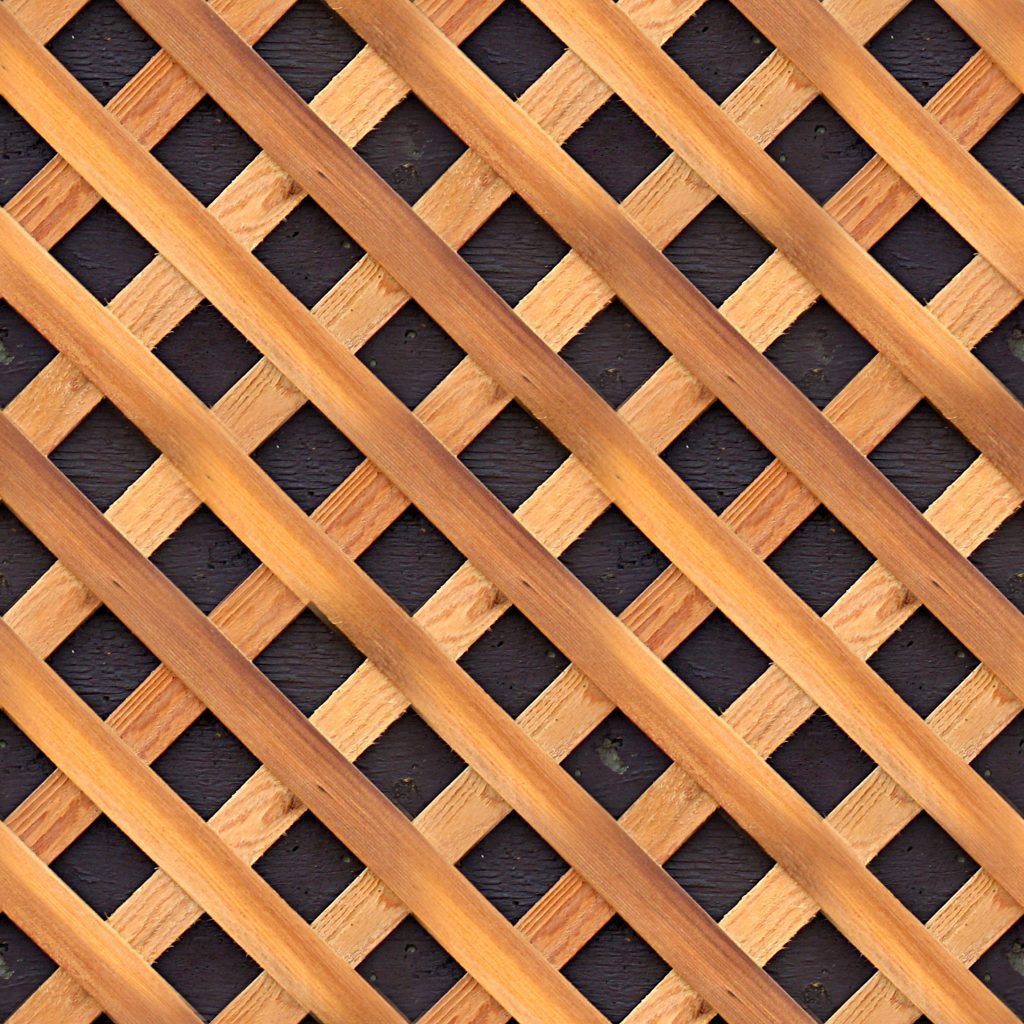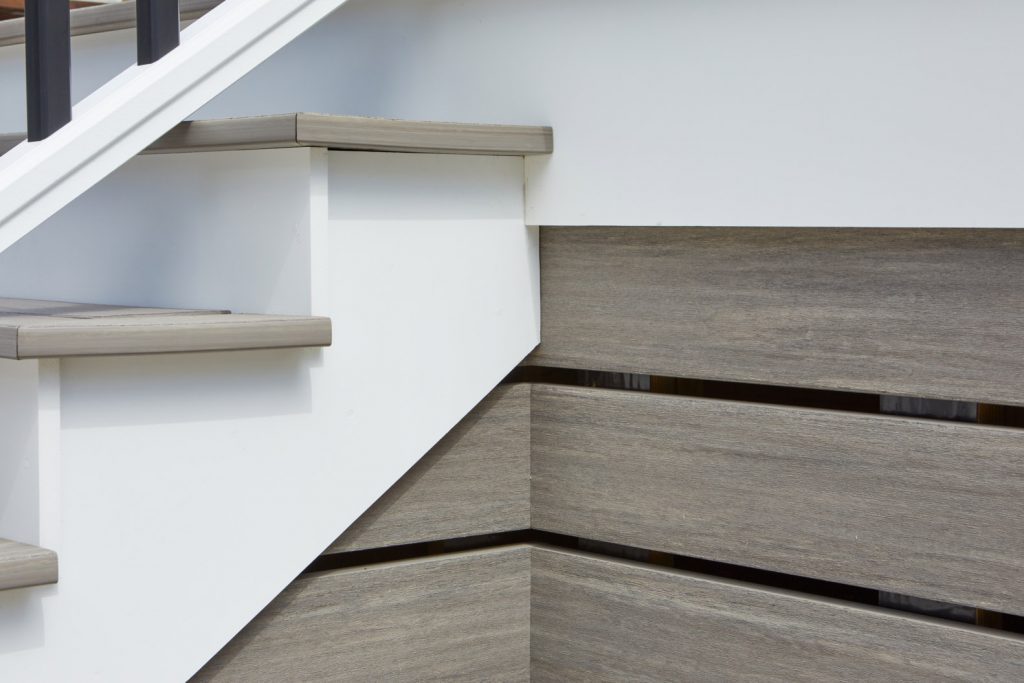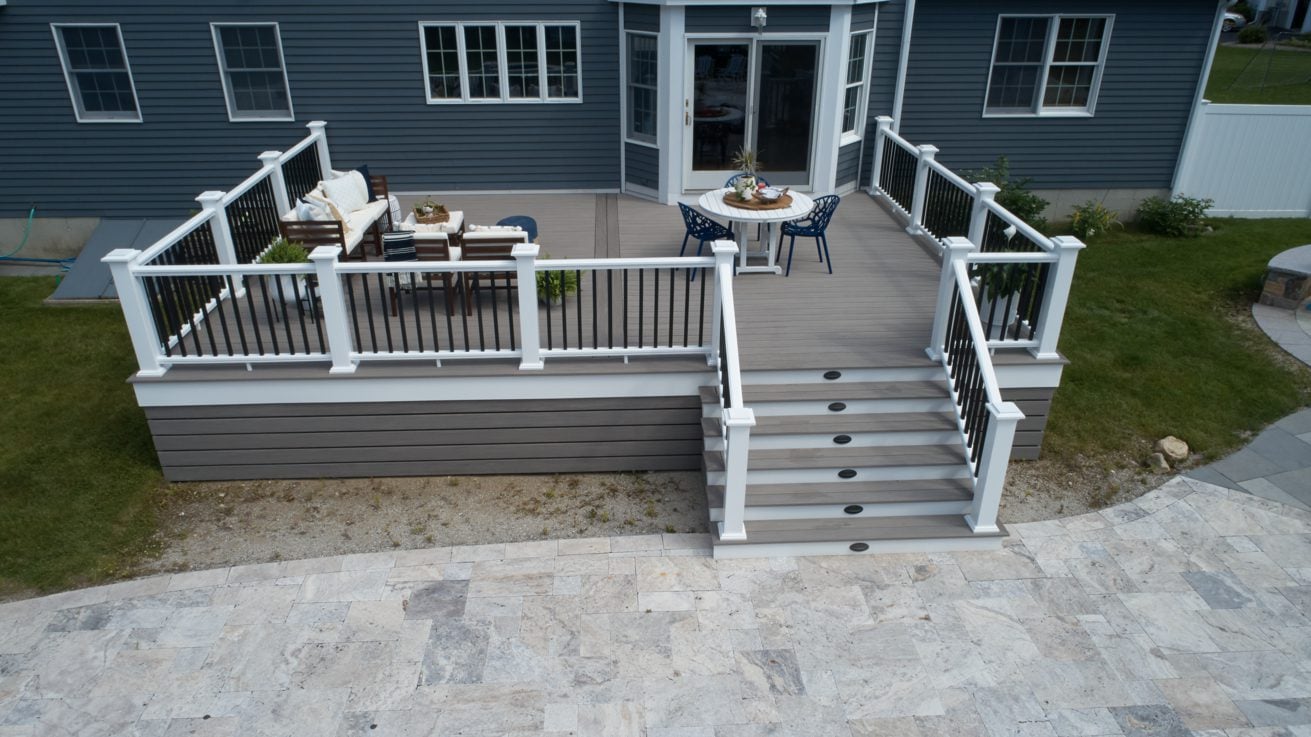When it comes to decking, every detail counts. From the choice of materials to the layout, homeowners are increasingly looking for innovative ways to enhance the aesthetics and functionality of their outdoor spaces. One aspect that often gets overlooked but plays a crucial role in the overall appearance and functionality of a deck is the skirting.
Traditionally, lattice has been the go-to choice for deck skirting. Its crisscross pattern adds a touch of charm while allowing for airflow underneath the deck. However, recent trends indicate a shift away from traditional lattice towards more contemporary alternatives.
The Decline of Traditional Lattice

While lattice has its charm, many homeowners are finding it outdated and overused. The diagonal lattice, in particular, has lost its appeal, appearing too busy and detracting from the clean lines of modern deck designs. Even the more appealing square lattice is falling out of favor as homeowners seek fresh, stylish alternatives.
Horizontal Deck Skirting
Horizontal deck skirting is becoming increasingly more popular in deck designs. With its sleek lines and modern appeal, horizontal skirting adds a touch of sophistication to any outdoor space. One of the key advantages of horizontal skirting is its simplicity of installation, making it an attractive option for DIY enthusiasts and professional contractors alike.
Airflow Matters: The Pitfall of Restricted Deck Skirting Designs
While aesthetics are important, functionality should not be overlooked. Certain deck skirting designs, such as shiplap, stone, and board and batten, may look stunning, but they can inadvertently restrict airflow underneath the deck. This can lead to a host of issues, including moisture buildup, mold growth, and structural damage.
Why Proper Airflow is Essential
Proper airflow underneath the deck is essential for several reasons. Firstly, it helps prevent moisture buildup, which can cause wood rot and decay, compromising the structural integrity of the deck and deck framing.
Additionally, adequate airflow helps regulate temperature and humidity, reducing the risk of heat buildup and moisture underneath the deck which can cause excessive swelling, buckling and cupping of your deck boards.
Finding the Balance: Stylish and Functional Deck Skirting
So, how can homeowners strike the perfect balance between style and functionality when it comes to deck skirting? The key lies in choosing a design that allows for proper airflow while still complementing the overall aesthetic of the deck.
Horizontal Slats with Gaps

Horizontal slats with narrow gaps between them offer an elegant solution to deck skirting. They provide adequate airflow while adding a contemporary flair to the outdoor space. Opt for high-quality materials such as hardwood or composite for durability and longevity.
Decorative Metal Mesh Panels
Metal mesh panels are another stylish alternative to traditional lattice. Available in various patterns and finishes, they allow for excellent airflow while adding a touch of industrial chic to the deck. Consider powder-coated options for added durability and weather resistance.
Conclusion
As homeowners continue to seek ways to elevate their outdoor spaces, horizontal deck skirting is emerging as a trend that seamlessly blends style and functionality. By opting for designs that prioritize proper airflow, homeowners can ensure their decks not only look stunning but also stand the test of time. Whether it’s horizontal slats, metal mesh panels, or transparent materials, the options for deck skirting are endless, allowing homeowners to customize their outdoor oasis to suit their unique tastes and preferences.
